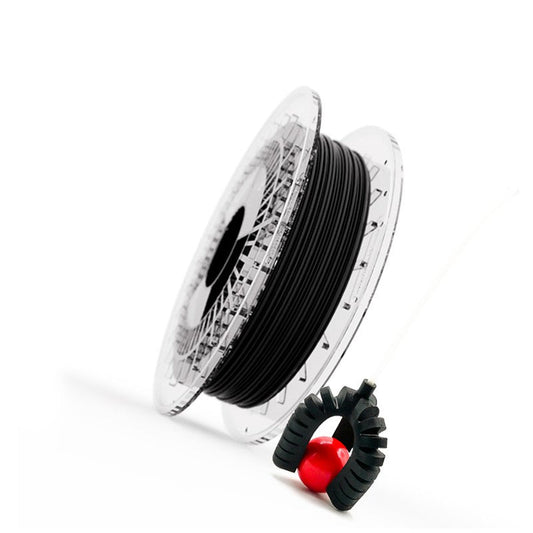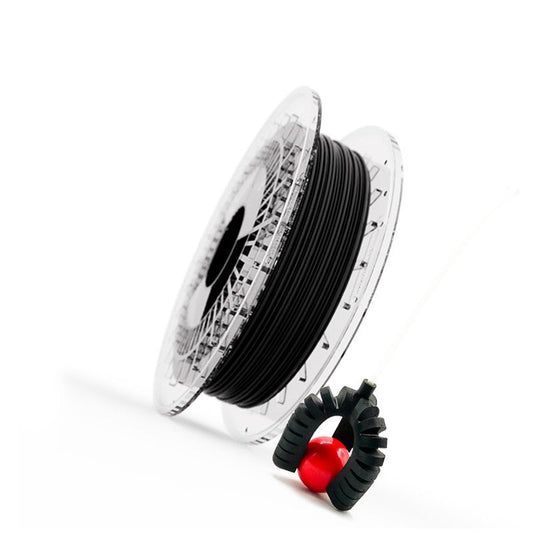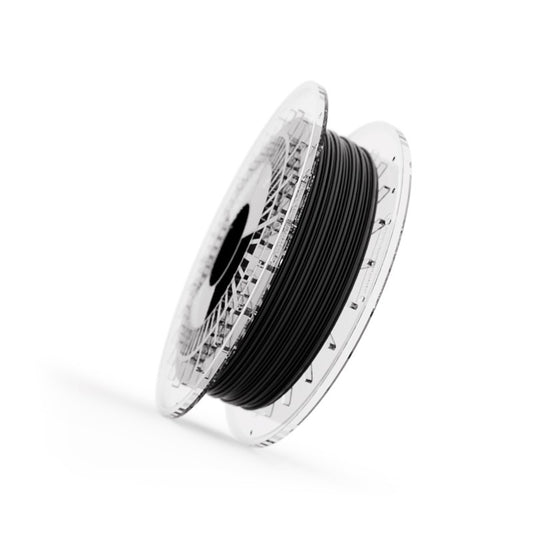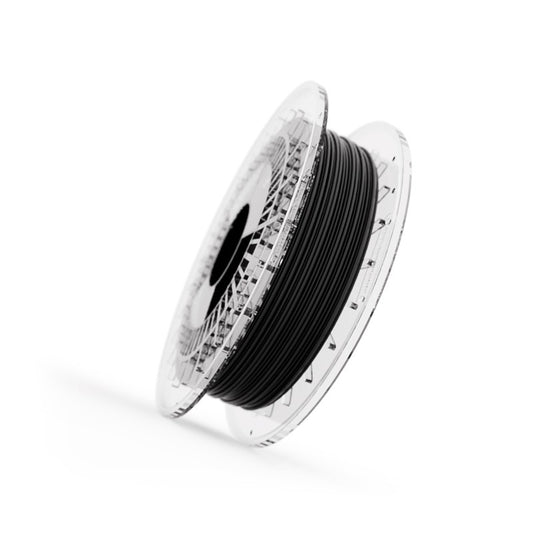3D Flexible Design and Fabrication: Practical Use of Conductive Filaflex
3D-Printed Sensor with Conductive Filaflex to Detect Frost and Save Energy in Refrigeration
Researchers in Portugal have developed a frost-detection sensor using Fused Filament Fabrication (FFF) with a conductive flexible filament, showing how 3D printing can enhance efficiency and sustainability in industrial refrigeration systems. The potential? Custom, low-cost sensors with real-world applications—especially for flexible materials like Filaflex.
3D Flexible Design and Fabrication: Practical Use of Conductive Filaflex
The researchers used additive manufacturing to design a resistive sensor with two layers: a flexible, electrically insulating TPU base and conductive circuits printed using a conductive TPU filament: Conductive Filaflex. The interdigitated electrode layout increases sensitivity by maximizing the contact area between the electrodes and frost, condensation, or meltwater.

Why Detecting Frost Matters—And How It Works
Frost on heat exchanger fins blocks airflow and reduces thermal exchange, leading to energy inefficiencies. Traditional defrost cycles are time-based, not demand-driven. This sensor solves the problem by measuring resistance changes as frost accumulates. It also detects water and temperature shifts—offering extra monitoring capabilities.

Performance and Validation: Tested Against Computer Vision
In four complete frost-defrost test cycles, the sensor showed excellent consistency and responsiveness, detecting both early condensation and melting water—advantages over traditional image-based frost detection. Results aligned closely with a computer vision benchmark method.

Applications and Value
This sensor, printed with Conductive Filaflex, offers direct application in industrial refrigeration, energy optimization, and smart sensing development. Its flexibility and custom-fit design make it ideal for integrators, researchers, and 3D printing enthusiasts seeking high-performance functional parts.

Conclusion
This research highlights how additive manufacturing, combined with flexible and conductive materials like Conductive Filaflex, can offer practical, cost-efficient sensor solutions. It’s a step forward for energy-saving technologies and a great example of how flexible 3D printing can deliver real-world impact.
Source: Aguiar, M.L.d.; Gaspar, P.D.; Silva, P.D.d. Additive Manufacturing of a Frost-Detection Resistive Sensor for Optimizing Demand Defrost in Refrigeration Systems. Sensors 2024, 24, 8193. https://doi.org/10.3390/s24248193









